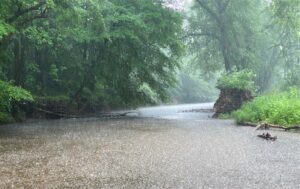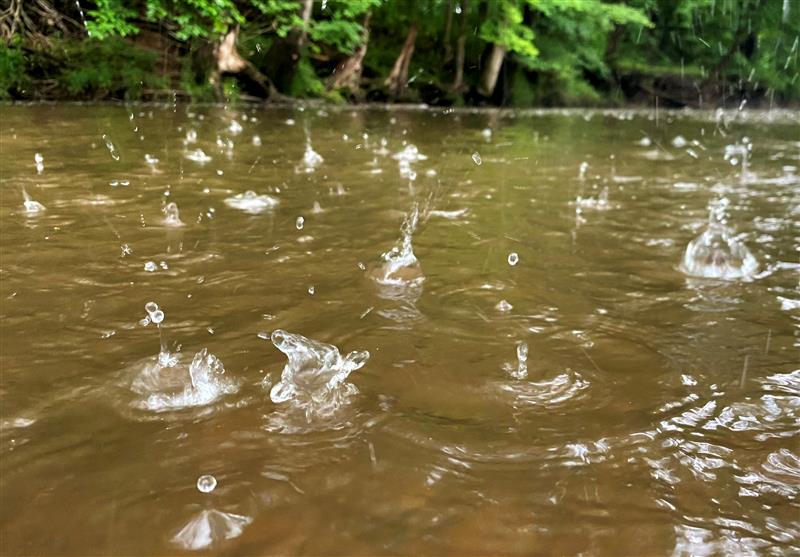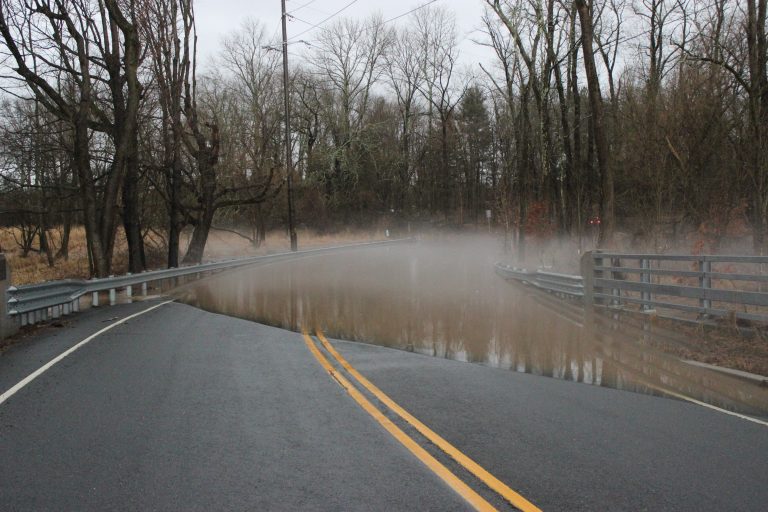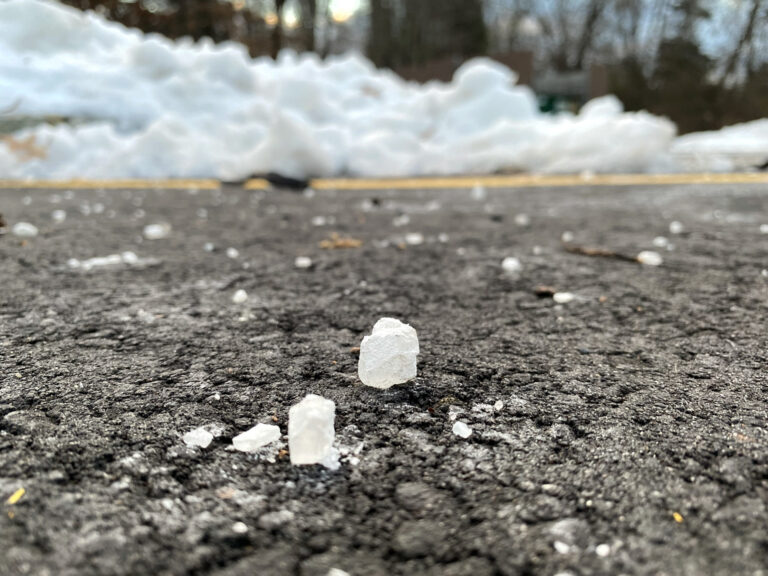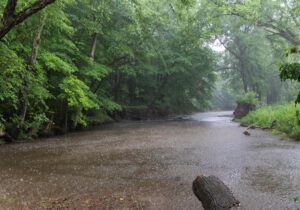 This weekend parts of New Jersey once again endured record rainfall triggering Governor Murphy to call a state of emergency. The deaths of at least 5 people in Bucks County, Pennsylvania, and landslides, power outages and downed trees in New Jersey again drove home the urgency of immediate action.
This weekend parts of New Jersey once again endured record rainfall triggering Governor Murphy to call a state of emergency. The deaths of at least 5 people in Bucks County, Pennsylvania, and landslides, power outages and downed trees in New Jersey again drove home the urgency of immediate action.
Thankfully, the Inland Flood Protection Regulations were published Monday, marking a significant milestone in safeguarding New Jersey’s communities from the devastating impacts of flooding. These monumental regulations address many critical aspects of land use planning, acknowledging the inadequacy of current floodplain definitions and emphasizing the need for stormwater management systems that account for present and future rainfall patterns. As towns adopt and enforce these new rules, they will be a critical tool in mitigating against increasing flooding in New Jersey.
New Jersey stands at a critical juncture, with the opportunity to reshape its development practices and prioritize the safety of its residents. The Inland Flood Protection Regulations are a crucial step forward in this endeavor, but we cannot afford to rest on our laurels. Turning back the clock on more than two centuries of human impact on the environment will not be solved overnight.

Government officials, developers, and residents of New Jersey must heed the call to action and stop accepting the inevitability of property damage, economic devastation, and the tragic loss of life. Now is the time to invest resources in proactive solutions rather than continuously paying for cleanups and recovery efforts. The Inland Flood Protection Regulations provide a practical blueprint for mitigating the future impacts of flooding from major new development projects, but it is up to us as individuals and as a society to do more.
We must address the legacy of development that occurred before our modern rules. We must reduce polluted stormwater runoff from the buildings, roads, and parking lots that were built without stormwater management. We also must leverage nature-based solutions like restoring flood plains, replanting stream buffers as well as installing rain gardens, green roofs, and permeable pavement. We can make significant strides in minimizing flood risks and promoting a sustainable future.
How often must we rebuild homes, stores, offices, roads, and bridges? We must not underestimate the toll it takes on our communities to rescue individuals trapped in floodwaters and to mourn the lives needlessly lost. We must also acknowledge the need to move people out of harm’s way by investing more in New Jersey’s Blue Acres program and other measures to remove flood prone structures from floodplains and move people to safer ground. The time for action is now.
This was originally published as an Op-Ed on NJ.com, July 18, 2023
